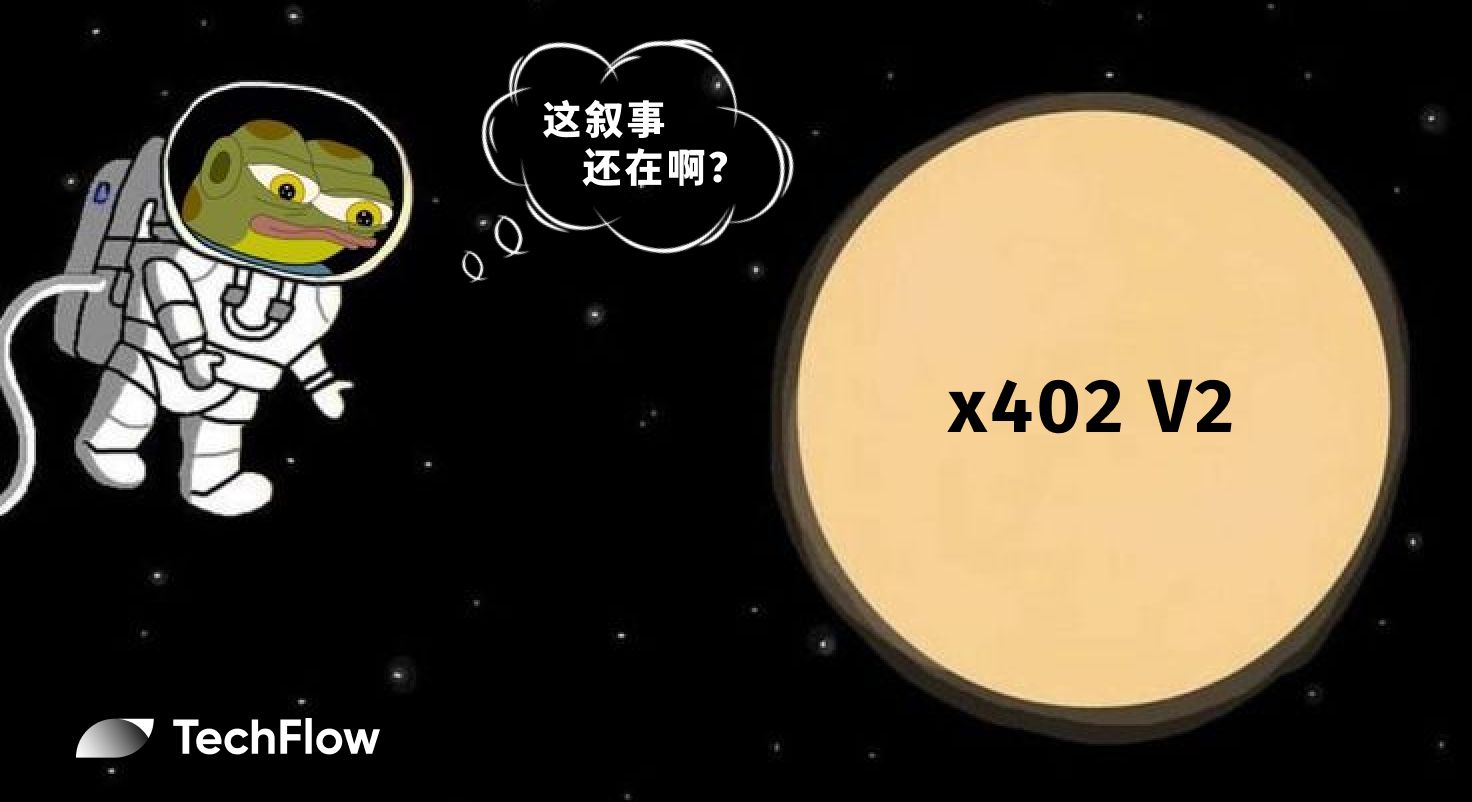Mega Matrix's $16M Stablecoin Strategy: Navigating Post-Volcker Opportunities in a Digital Treasury Era
- Mega Matrix launches $16M stablecoin strategy to bypass Volcker Rule restrictions via DeFi yield generation and cross-border payments. - Stablecoins enable institutional clients to optimize liquidity while complying with U.S. GENIUS Act and EU MiCA regulatory frameworks. - The hybrid model combines capital preservation (2.37 current ratio) with staking yields, differentiating from Tether/USDC through public market access. - Strategic alignment with post-Volcker macro trends positions stablecoins as insti
In the shadow of the Volcker Rule's enduring influence on institutional capital allocation, Mega Matrix Corporation (NYSE: MPU) has unveiled a $16 million stablecoin strategy that redefines the boundaries of corporate treasury management. This pivot from traditional manufacturing to blockchain-based financial infrastructure is not merely a tactical shift—it is a calculated response to a macroeconomic landscape where liquidity, regulatory clarity, and yield optimization dominate institutional priorities.
Strategic Rationale: Bridging Volcker Constraints and Digital Innovation
The Volcker Rule, enacted in 2010 to curb speculative trading by banks, has long constrained institutional access to high-yield opportunities. In a post-Volcker world, corporations and financial institutions are increasingly seeking alternatives to traditional fixed-income assets. Mega Matrix's stablecoin infrastructure addresses this gap by leveraging low-volatility digital assets to generate yield through decentralized finance (DeFi) protocols, automated staking, and cross-border payment systems.
The company's $16 million private placement is earmarked for tools that enable institutional clients to:
1. Optimize capital efficiency via algorithmic yield generation on stablecoin portfolios.
2. Mitigate liquidity risk through programmable financial instruments that adapt to real-time market conditions.
3. Navigate regulatory frameworks such as the U.S. GENIUS Act and EU's MiCA, which mandate transparency and reserve backing for stablecoins.
By integrating governance tokens into its treasury framework, Mega Matrix is creating a hybrid model that balances stability with active participation in DeFi ecosystems. This approach aligns with the broader trend of institutional adoption of digital assets, as seen in the Bitcoin holdings of MicroStrategy and Marathon Digital, while avoiding the volatility pitfalls of speculative crypto assets.
Macroeconomic Implications: Stablecoins as a Post-Volcker Workhorse
Stablecoins, by design, are immune to the price swings that plague Bitcoin and Ethereum . Their peg to fiat currencies (e.g., USD) makes them ideal for institutional treasuries seeking to comply with the Volcker Rule's restrictions on proprietary trading. Mega Matrix's strategy capitalizes on this by positioning stablecoins as a bridge between traditional finance and DeFi, enabling institutions to:
- Generate passive income through automated yield mechanisms without engaging in direct market speculation.
- Facilitate cross-border transactions with lower friction and fees compared to legacy banking systems.
- Diversify reserve assets in a high-interest-rate environment, where traditional cash equivalents offer diminishing returns.
The company's acquisition of 12 bitcoins ($1.267 million) and resumption of Ethereum staking further underscores its dual approach: leveraging stablecoins for capital preservation while tapping into the yield potential of proof-of-stake protocols. This duality is critical in a post-Volcker world, where institutions must balance compliance with the need for competitive returns.
Regulatory Tailwinds and Competitive Differentiation
Mega Matrix's alignment with the GENIUS Act—a landmark U.S. law clarifying stablecoin regulations—positions it to avoid the pitfalls that have plagued unregulated stablecoin issuers. The Act's reserve requirements and transparency mandates ensure that stablecoins function as “digital cash,” a critical factor for institutional adoption. By focusing on governance token frameworks and DAO structures, Mega Matrix is also addressing the scalability and governance challenges that have hindered DeFi's institutional uptake.
However, the company faces stiff competition from established players like Tether (USDT) and Circle (USDC). Its differentiator lies in its public market profile and access to capital, which enable it to forge strategic partnerships with stablecoin issuers and DeFi platforms. The lack of technical disclosures about its stablecoin's structure (e.g., fiat-backed vs. asset-backed) remains a risk, but its current ratio of 2.37 suggests robust liquidity to weather regulatory or market uncertainties.
Investment Thesis: A Calculated Bet on Digital Treasury Evolution
Mega Matrix's strategic pivot is underpinned by three key advantages:
1. Regulatory Alignment: The GENIUS Act's framework reduces compliance risks and enhances institutional trust.
2. Yield Innovation: Automated on-chain mechanisms and governance tokens offer scalable solutions for capital preservation and income generation.
3. Market Timing: The post-Volcker environment creates a structural demand for low-risk, high-liquidity assets, a niche stablecoins are uniquely positioned to fill.
For investors, the company's $16 million raise and treasury diversification (including Bitcoin and Ethereum) signal a disciplined approach to capital allocation. While the stablecoin sector remains competitive, Mega Matrix's focus on institutional-grade tools and regulatory compliance positions it as a long-term player in the digital treasury space.
Conclusion: A Macro-Driven Play on Institutional Digitization
Mega Matrix's stablecoin strategy is more than a response to the Volcker Rule—it is a forward-looking bet on the institutionalization of digital assets. As central banks and regulators continue to refine stablecoin frameworks, companies that bridge the gap between compliance and innovation will thrive. For investors, the key is to monitor Mega Matrix's progress in forming partnerships, executing its infrastructure roadmap, and navigating the evolving regulatory landscape. In a post-Volcker world, the ability to generate yield without sacrificing liquidity or compliance is not just an advantage—it is a necessity.
Disclaimer: The content of this article solely reflects the author's opinion and does not represent the platform in any capacity. This article is not intended to serve as a reference for making investment decisions.
You may also like
On the night of the Federal Reserve rate cut, the real game is Trump’s “monetary power grab”
The article discusses the upcoming Federal Reserve interest rate cut decision and its impact on the market, with a focus on the Fed’s potential relaunch of liquidity injection programs. It also analyzes the Trump administration’s restructuring of the Federal Reserve’s powers and how these changes affect the crypto market, ETF capital flows, and institutional investor behavior. Summary generated by Mars AI. This summary was produced by the Mars AI model, and the accuracy and completeness of the generated content are still being iteratively updated.

When the Federal Reserve is politically hijacked, is the next bitcoin bull market coming?
The Federal Reserve announced a 25 basis point rate cut and the purchase of $40 billion in Treasury securities, resulting in an unusual market reaction as long-term Treasury yields rose. Investors are concerned about the loss of the Federal Reserve's independence, believing the rate cut is a result of political intervention. This situation has triggered doubts about the credit foundation of the US dollar, and crypto assets such as bitcoin and ethereum are being viewed as tools to hedge against sovereign credit risk. Summary generated by Mars AI. The accuracy and completeness of this summary are still in the process of iterative updates.

x402 V2 Released: As AI Agents Begin to Have "Credit Cards", Which Projects Will Be Revalued?
Still waters run deep, subtly reviving the narrative thread of 402.

When Belief Becomes a Cage: The Sunk Cost Trap in the Crypto Era
You’d better honestly ask yourself: which side are you on? Do you like cryptocurrency?
